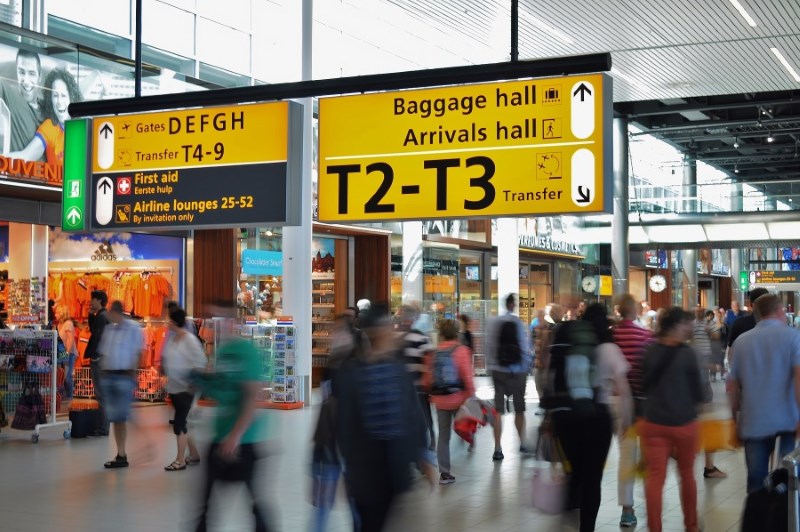Why is SS7 Steering needed in OTA Deployments?

For many years mobile operators have attempted to steer their subscribers to preferred roaming partners when they are roaming. The main reason for this is to try and fulfil targets set out in IOT agreements with their preferred roaming partners in order to maximise roaming revenues. Other reasons may include a better quality of service for their subscriber, or better value-added services.
There are two main steering strategies: Signalling(SS7) Steering and OTA Steering. Signalling Steering operates by blocking Update Location messages from non-preferred networks while allowing messages through for the preferred network(s). OTA Steering works by delivering an OTA message to the roaming subscriber’s SIM, updating its list of preferred networks. The handset should consult this list when deciding which network to connect to while roaming.
Many operators prefer to use OTA Steering as this typically yields a much better experience for roaming subscribers, allowing them to quickly get service when roaming. With Signalling Steering, a subscriber’s attempts to attach to networks may be blocked for many minutes, thereby diminishing their roaming experience.
While Cellusys generally considers OTA Steering to be the superior roaming method due to its minimal impact on a subscriber’s roaming experience, we believe a hybrid approach is required. Signalling steering can provide options to the Mobile Network Operator that OTA simply cannot:
– Signalling steering can be used for a subscribers initial attach in a country to ensure they only attach to the preferred network. Using an OTA only approach, a subscriber can connect to a non-preferred network before they receive an OTA update containing their preferred list. This leads to a period of time roaming and using services on the non-preferred network, which effects roaming revenues of the home network. By using signalling steering initially, the subscriber can be pushed to the preferred network, and then pushed a new OTA update to ensure the handset keeps them there.
– Some handsets, particular older handsets, do not support OTA. Signalling steering can allow the home network operator to steer these subscribers to the preferred network if OTA updates cannot be done.
– OTA is dependant on delivery of SMS messages to the subscriber handset. Any failures in this delivery, or a failure in the OTA server, renders it ineffective. Signalling steering can again cover this gap by enforcing steering to the preferred network in the event of OTA delivery failure.
Cellusys provides a hybrid roaming solution that is fully configurable, allowing the Mobile Network Operator to steer however they wish for whatever situation they may face, whether it be pure OTA Steering, pure Signalling Steering, or a hybrid approach. Find out more by contacting us today.
Categorised in: Blog
